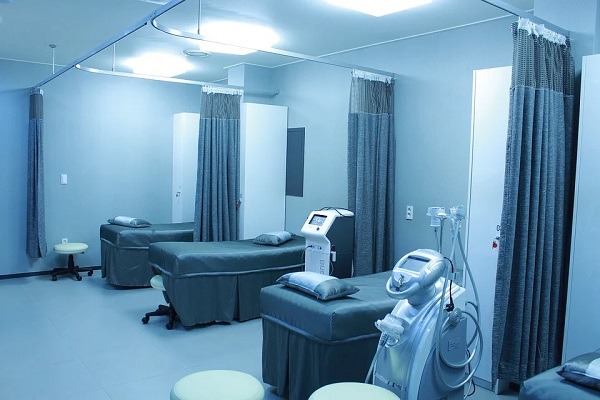The communication between a physician and patient in the exam room is very important in the care process. Real-Time face-to-face communication is supposedly getting less frequent due to the induction of technologies and EHR powered care process. Computer-based care delivery systems requiring more attention of the physicians as they have to communicate with the patient and at the same time enter the information and physician notes in the system.
Computer screens could be a distraction, especially at the elementary stage when physicians are getting acquainted with the workflow of an EHR system and the tool is new for them. Electronic health records (EHRs) are meant to digitize and automate the clinical workflow and its proper use of optimizes clinical processes. However, sometimes the wrong implementation of this clinical technology and the absence of proper training can frustrate physicians, staff, and patients. Visit website to get expert help on EHR implementation.
In most of the cases, a practice switches to an electronic system from a paper-based system but follow the same workflow that they used to practice. This adds to their frustration and especially physicians feel it difficult to handle patients while struggling to use the software application.
Providing patient-centered care and improving the holistic patient experience requires good communication between doctor and patient. The quality of communication is based on the factors that physician is empathetic towards the patients and listens to their concerns or what they want to share. Moreover, the body language of the physicians conveys that they completely understand the problem and can expertly suggest the treatment. This communication pattern should be two-way and where the physician must be clear and credible.
Overindulgence with the computer-based processes sends a wrong impression to patients that physician is not giving required attention. However, this communication gap can be debilitated by following a few simple guidelines and the EHR system can be quite helpful in bridging the communication gap between physicians and patients.
Positioning the computer screen
It is as simple as to place the computer screen at a place where physically it should not come between the physician and the patient. It should be positioned at a place where physicians and patients can view the screen sitting next to each other. It must be showcased as a system that is helping physicians view the patient health records, analyze it, enter notes and perform other tasks that are required during the visit. At no place, the computers and electronic applications should take the center stage and become the primary object.
Use a portable system
To get the maximum out of an EHR system, it is better to operate it on a portable device, e.g. tablet, iPad, etc. These handy devices are ideal when physicians are required to show lab reports, charts to patients and especially when physicians are serving in a large care facility. Moreover, if the system requires a desktop computer, it can also be put on a moveable trolley that a physician can turn to patients when required. Cloud-based practice management tools are easier to access from mobile devices and add convenience to the care delivery process.
Body gestures
Working with an EHR system usually engages the users in the tiers of data and workflow. It is better to examine the history of the patient and current status even before the patient steps into the exam room. As soon the patient comes in communication should be one-on-one involving eye contact and with suitable body gestures. The expressions, such as handshaking, facial expressions, eye contact while talking, head nods, hand movements, and reflexes play an important role.
Involve the patient in what you are doing
EHR systems require computer-based documentation of every clinical step taken during a patient’s visit. Diagnosis, medication or even the non-clinical tasks, such as entering the ICD/CPT codes require the focus of the users. These long spells of time should not be filled with futile silence, it is better to tell the patient that what you are doing at the time. Point to the screen and explain in case of queries that currently you are performing this task, such as, prescribing medication or sending information to pharmacies. It would involve the patients in the care delivery process and they won’t feel neglected.
Train front desk staff to take down maximum information
Person at the front desk should ask the patients and enter into an EHR system not only the required fields but also extra notes or observations that the patient wants to share. A physician should not indulge in filling the missing information rather the focus should be on inquisitive communication with the patients. Great software built by the experts can really aid the process.
Getting a good mastery over the flow of an electronic system and at the same time communicating well with the patients can take a lot of time, depending on the frequency of use and familiarity with the use of clinical technologies. However, during this phase, physicians should not compromise the two-way communication with their patients and must take every step to make sure that patients are properly handled and all the information is communicated to them properly.
Assess your communication, take notes of the areas to improve and work to improve communication. For a free evaluation of your clinical processes and how you can optimize the processes in a computer-based practice, you can consult the experts.

